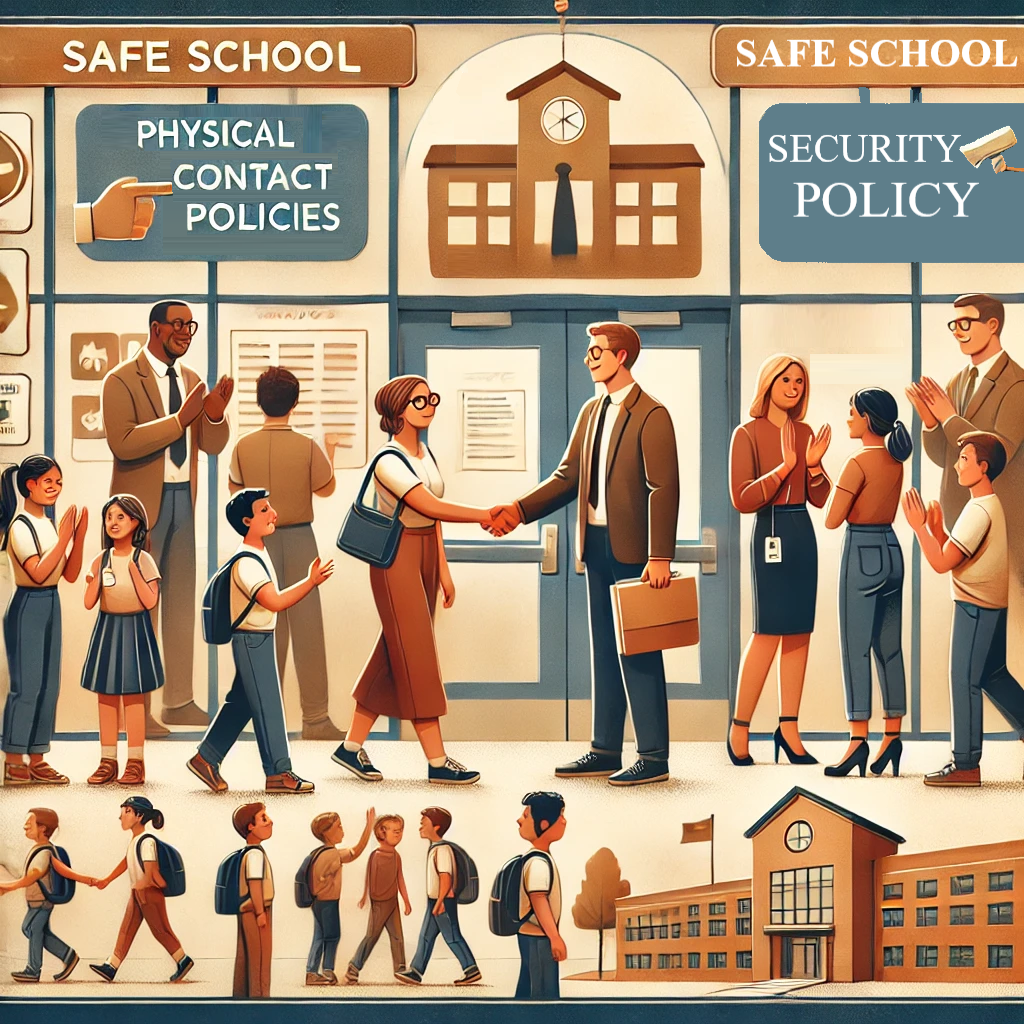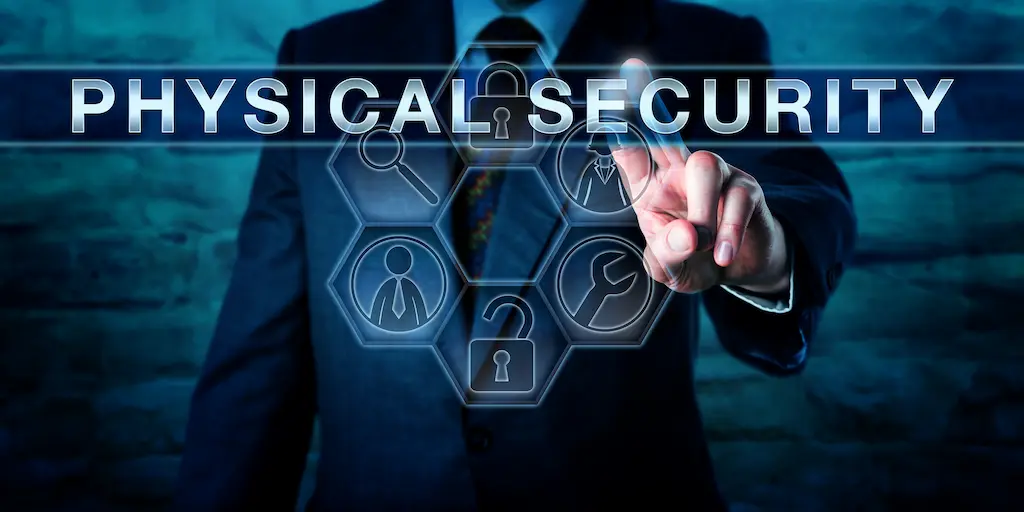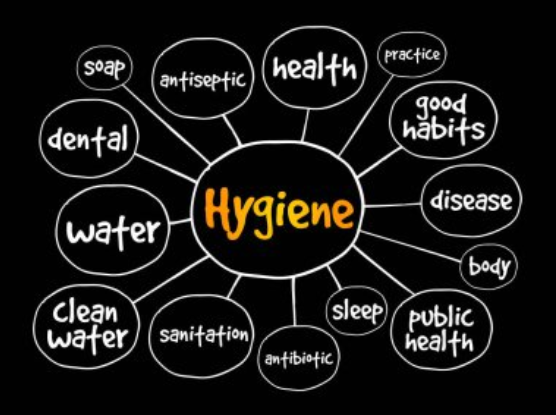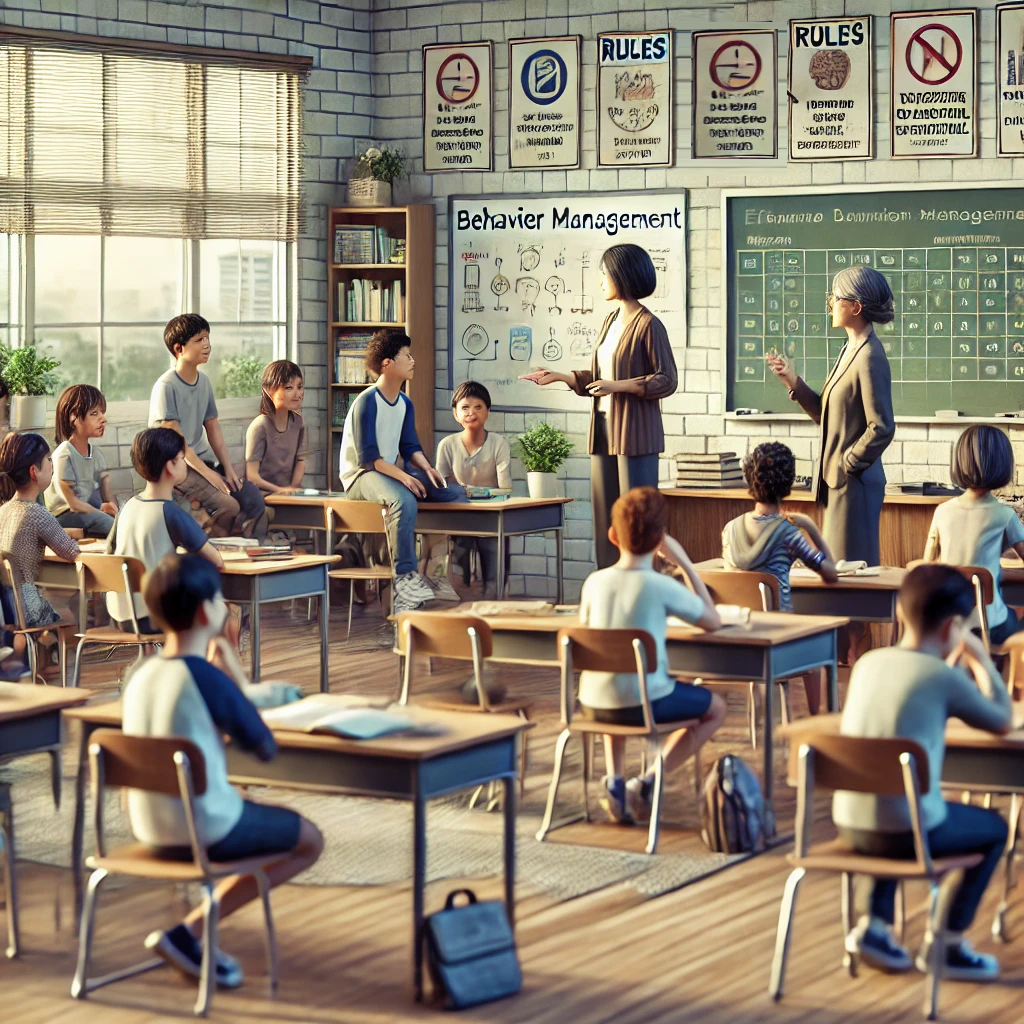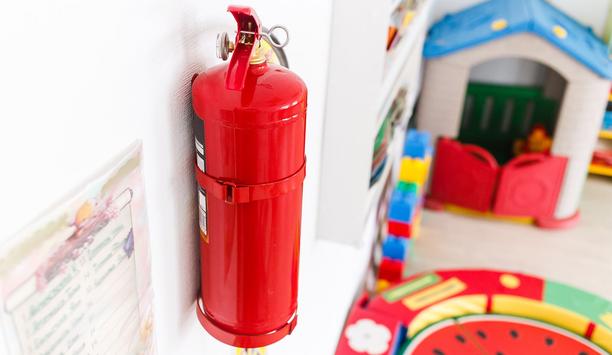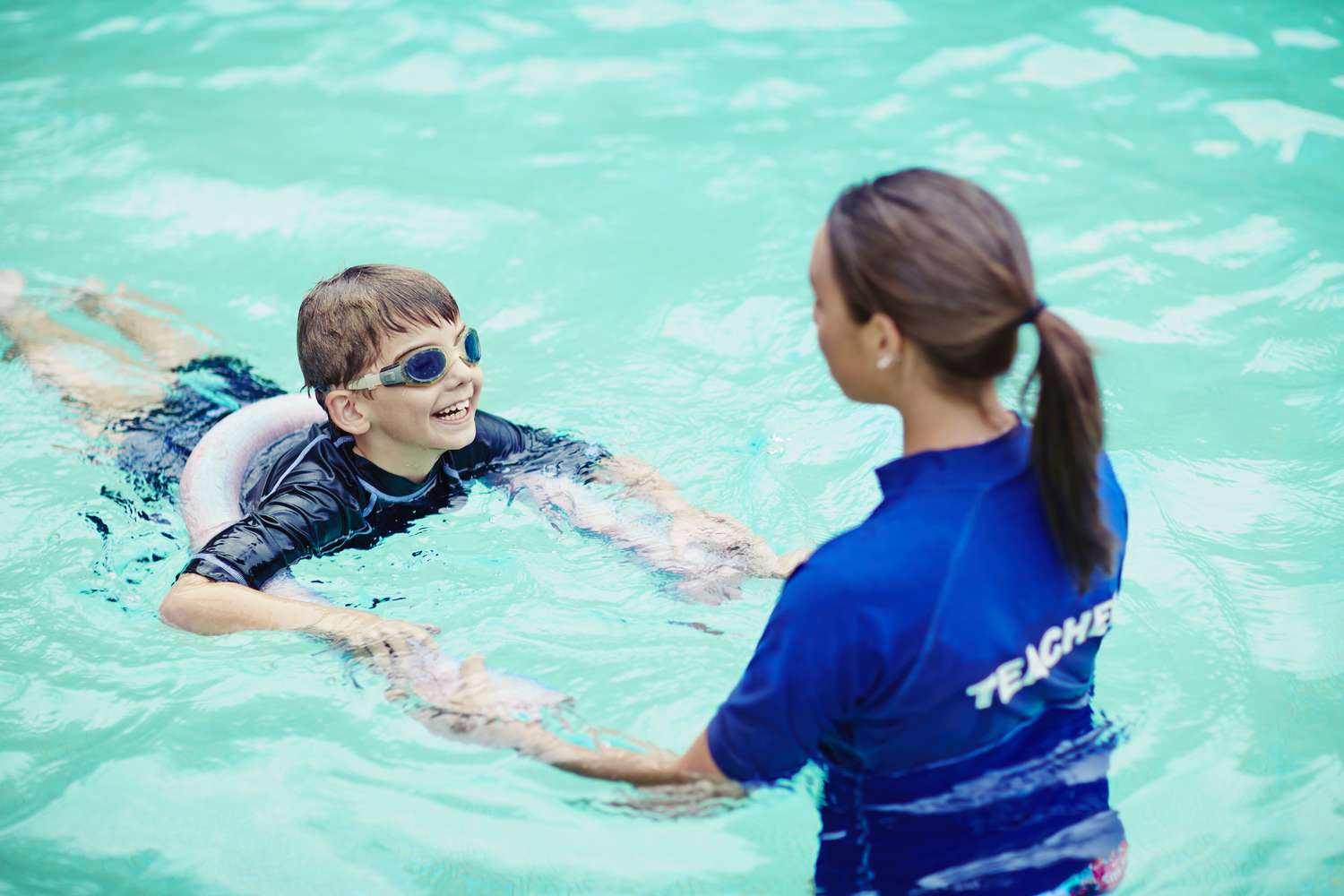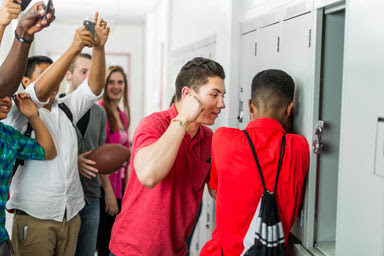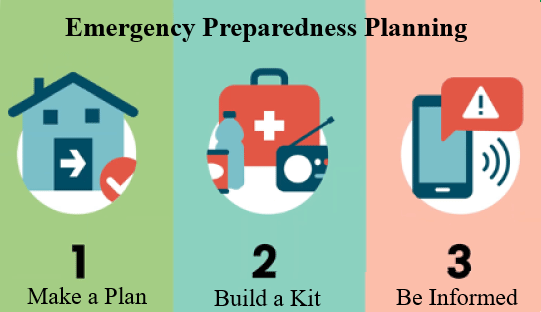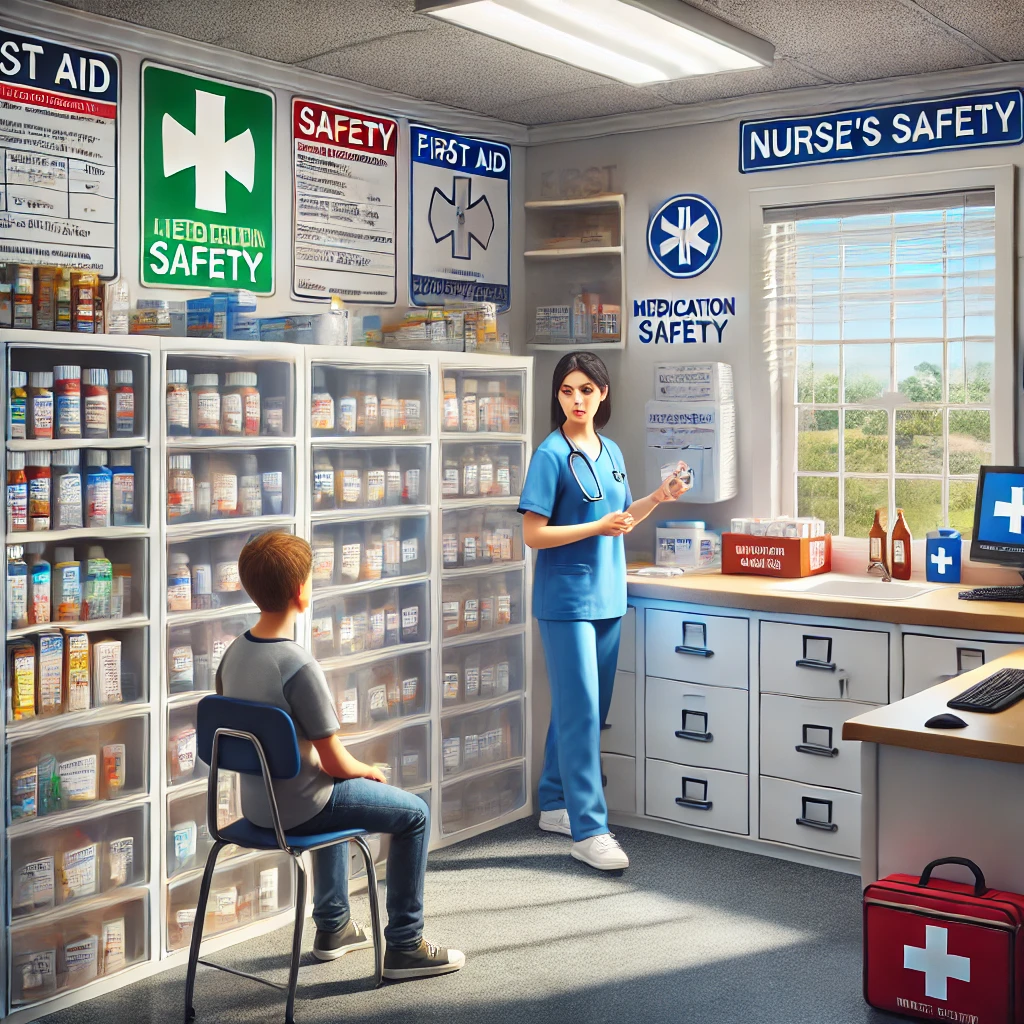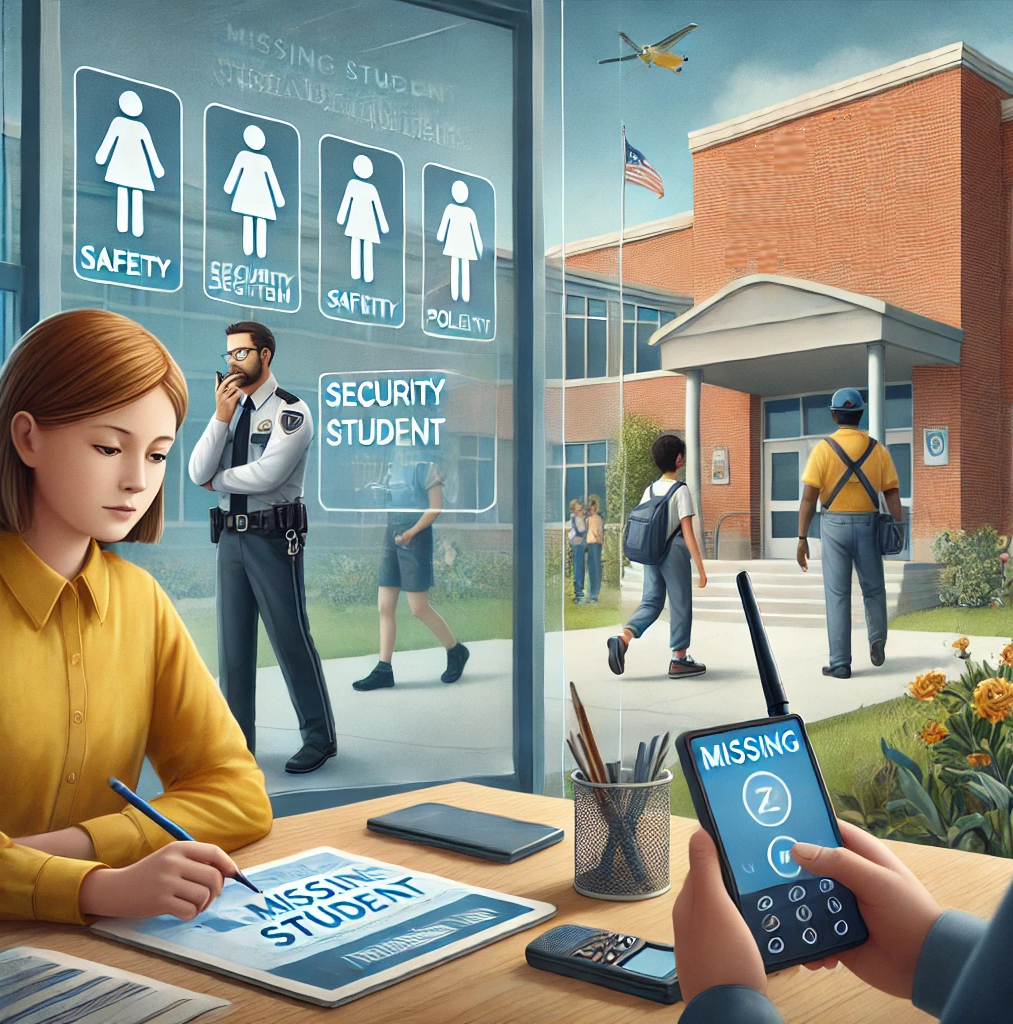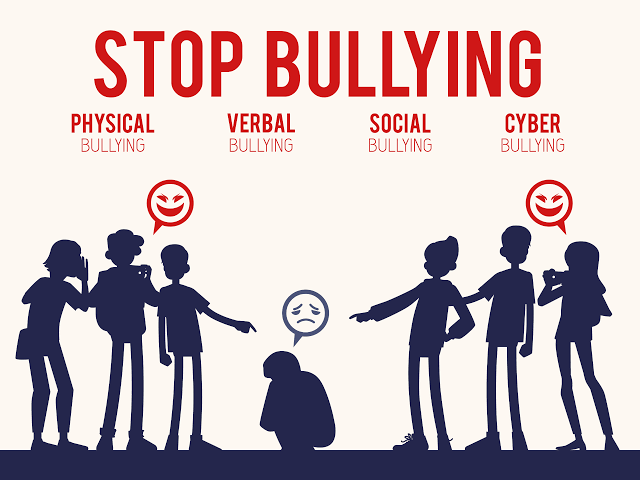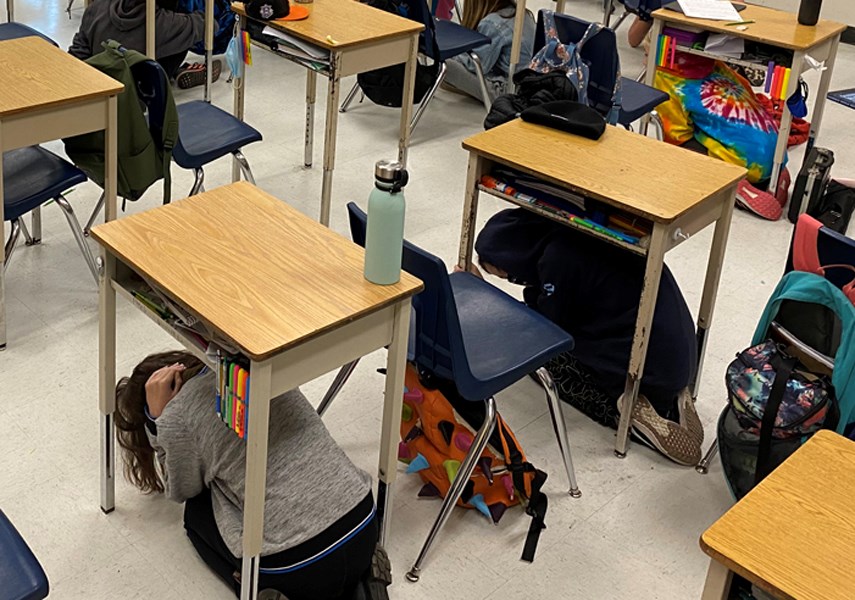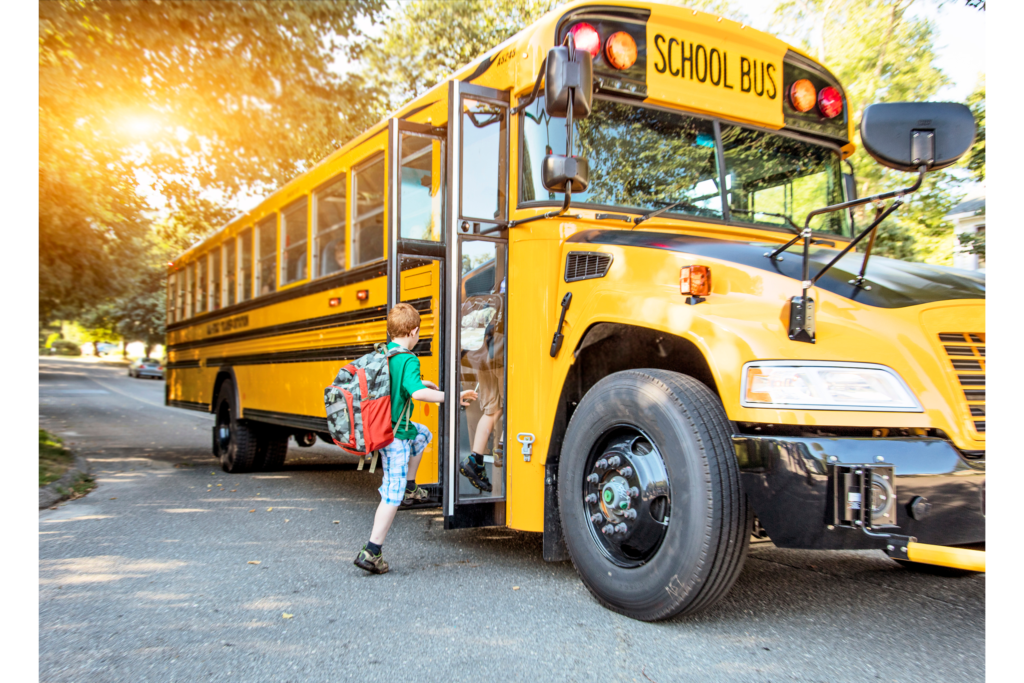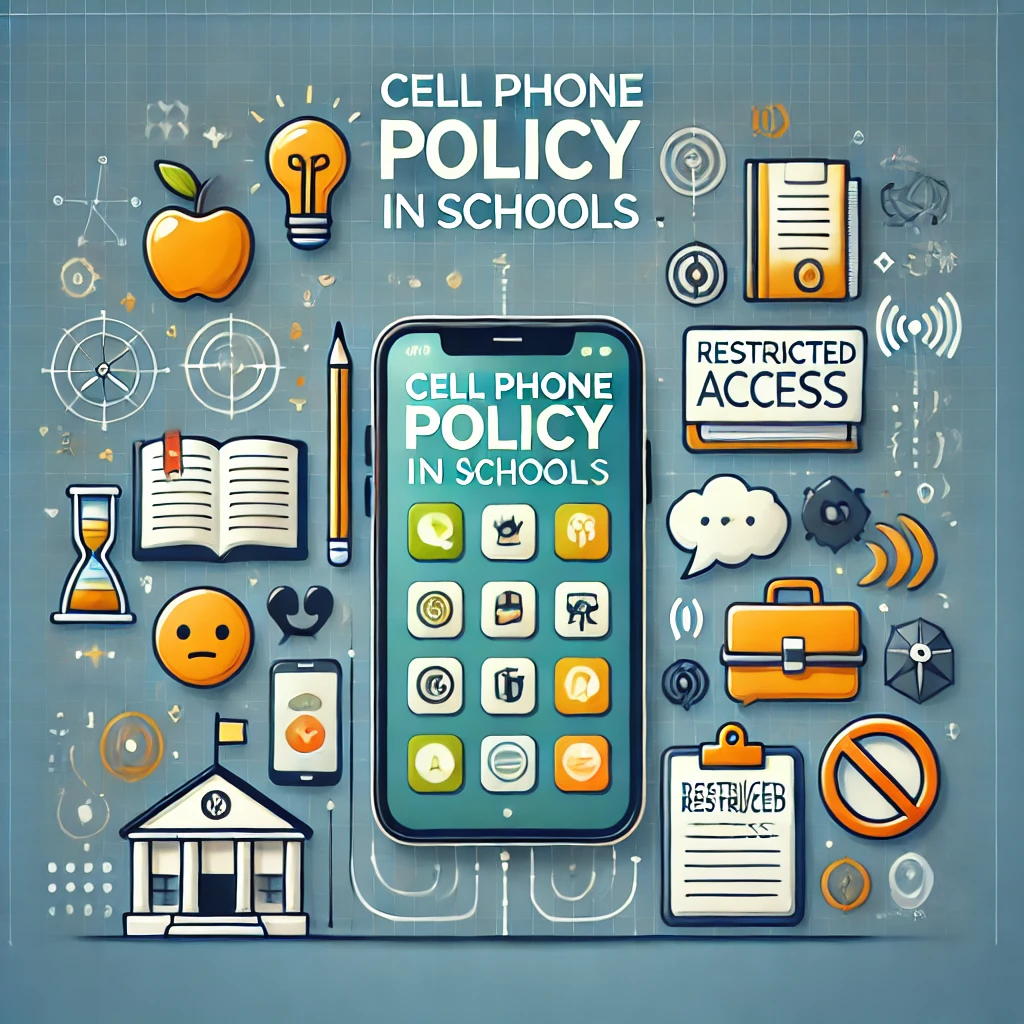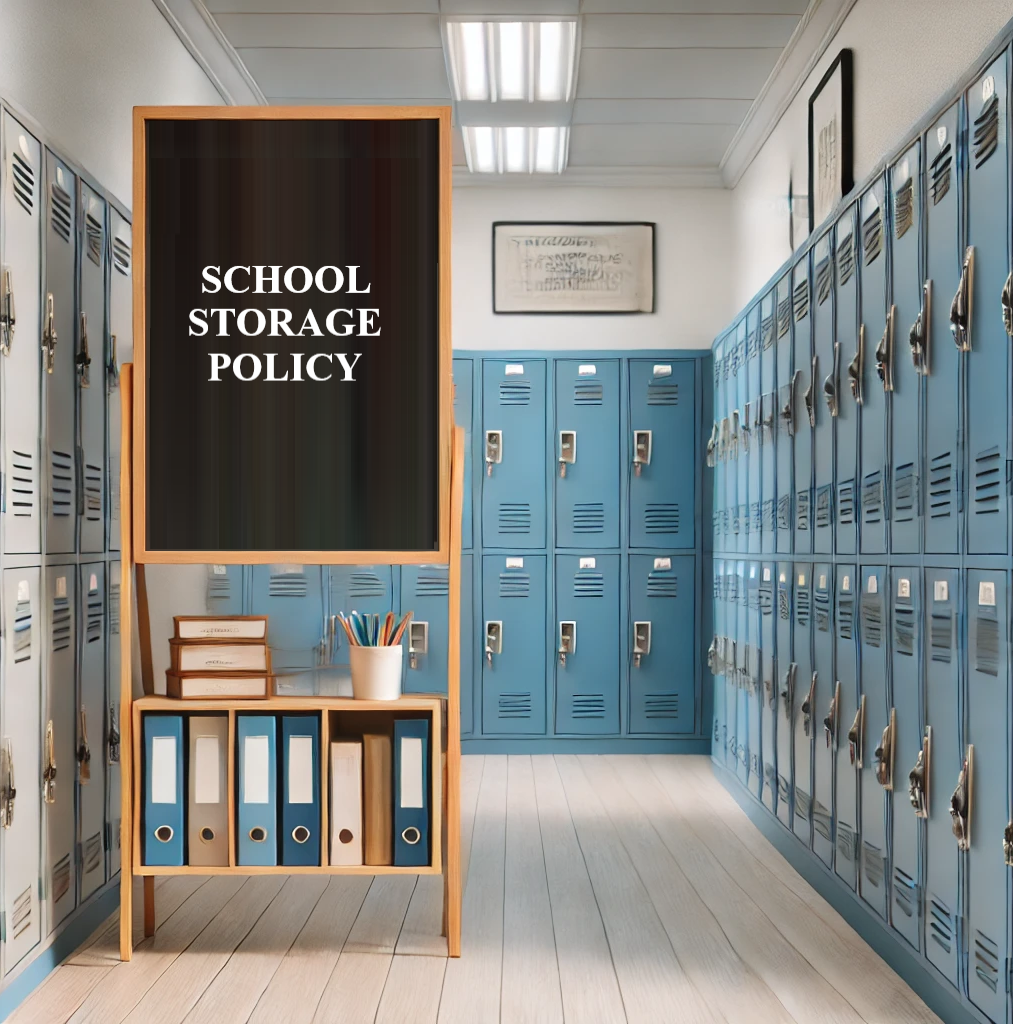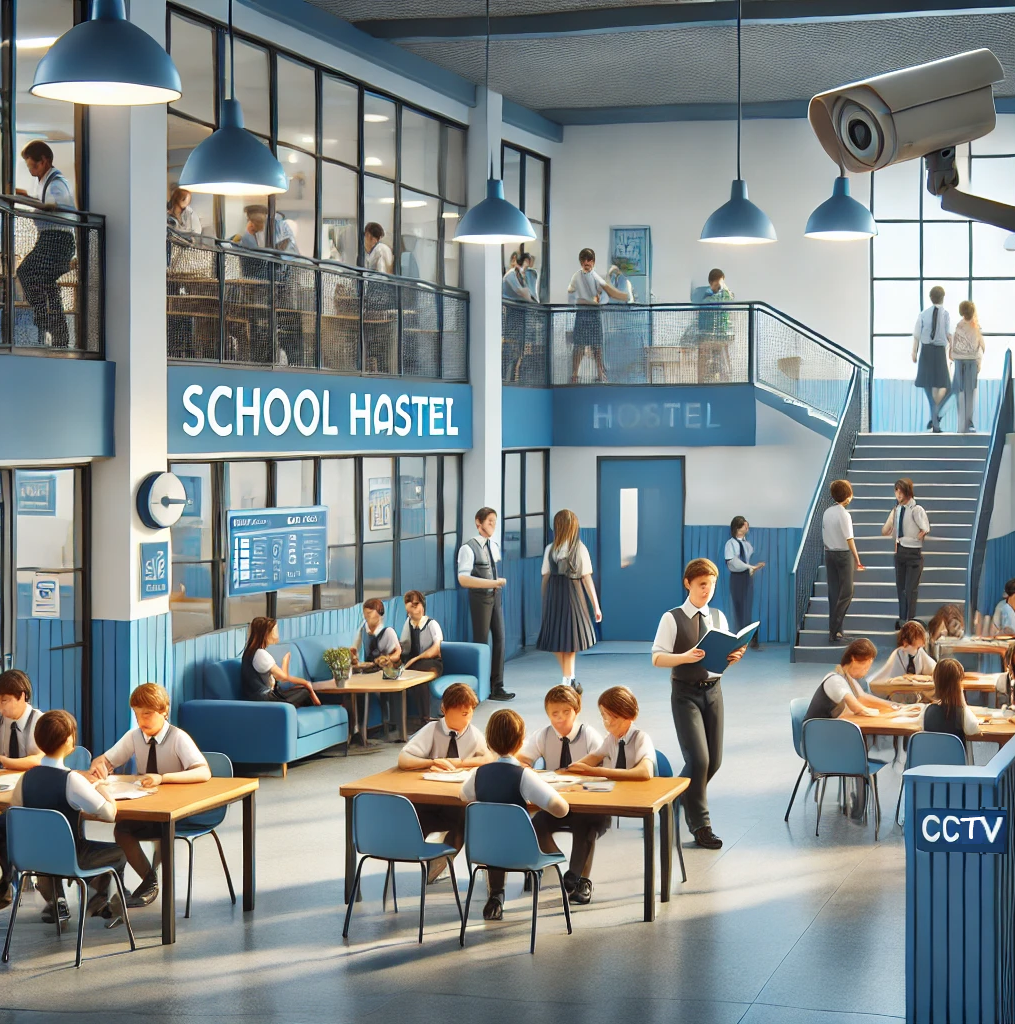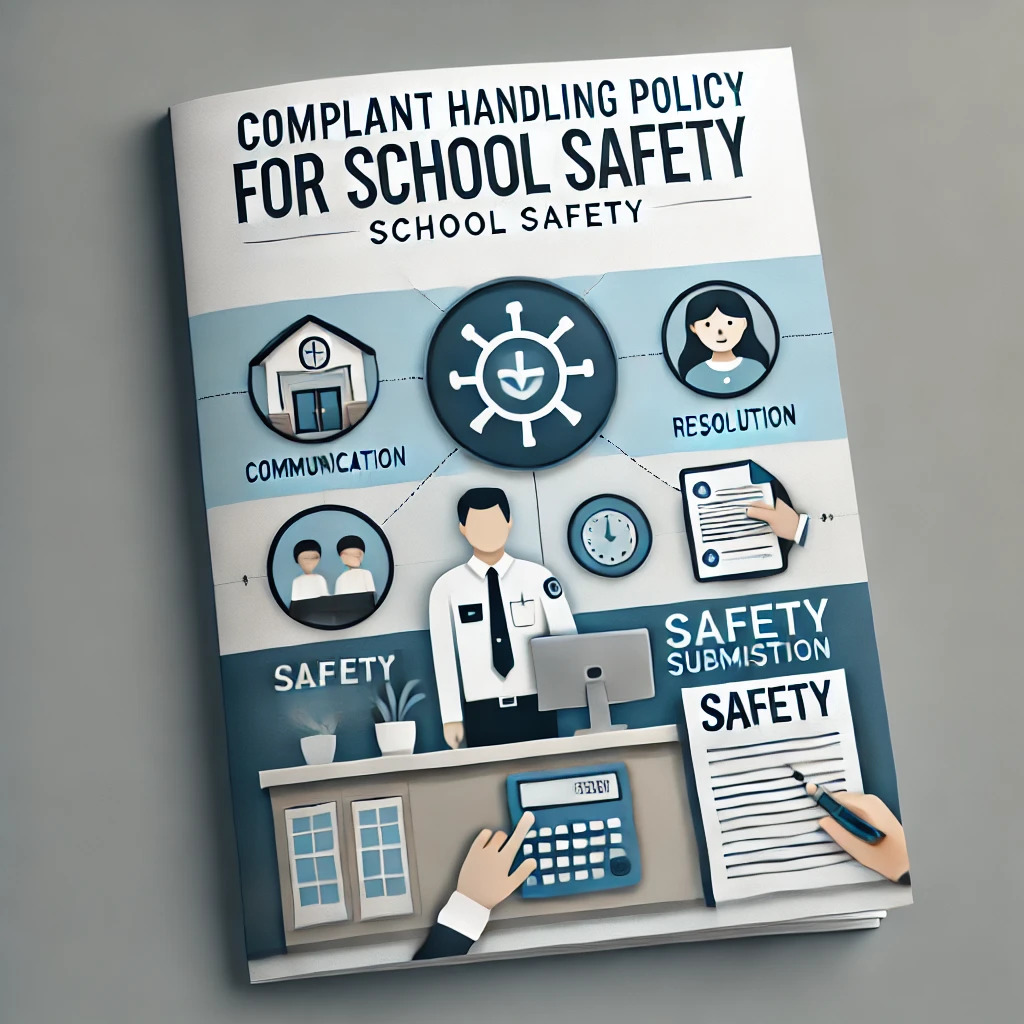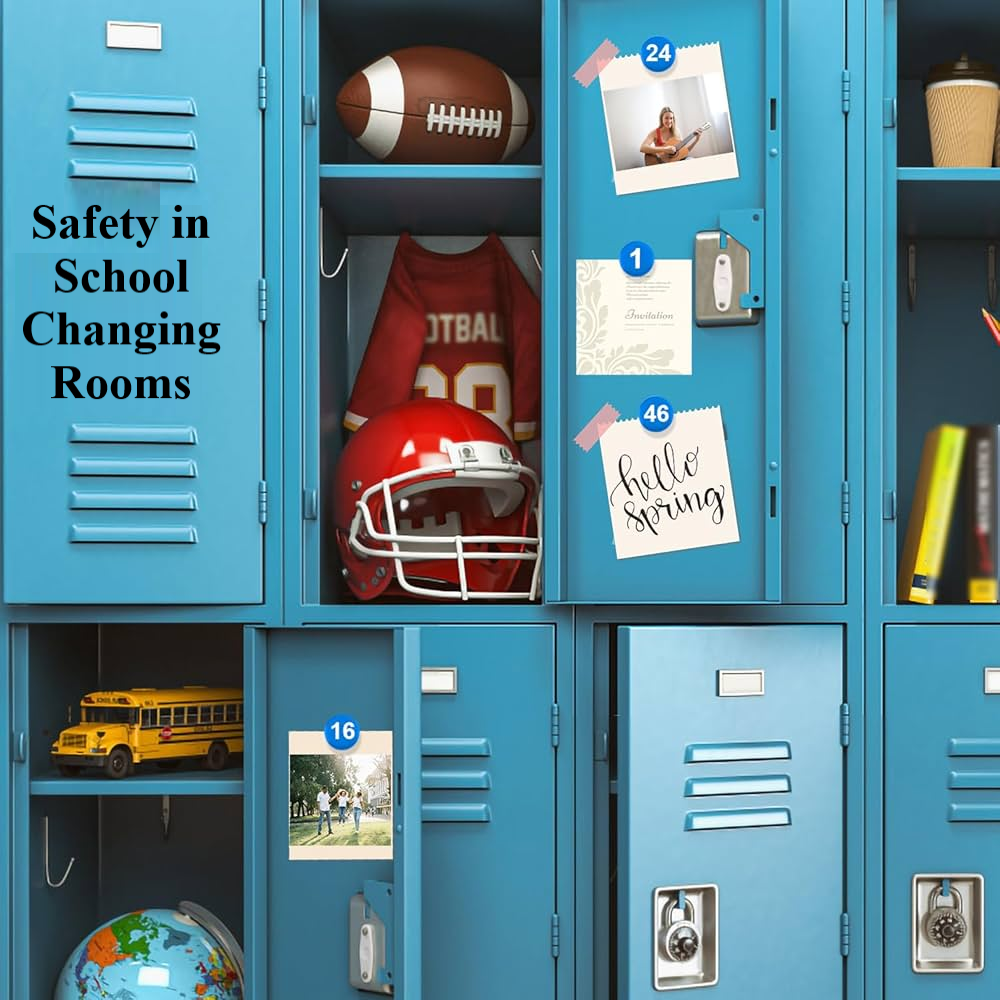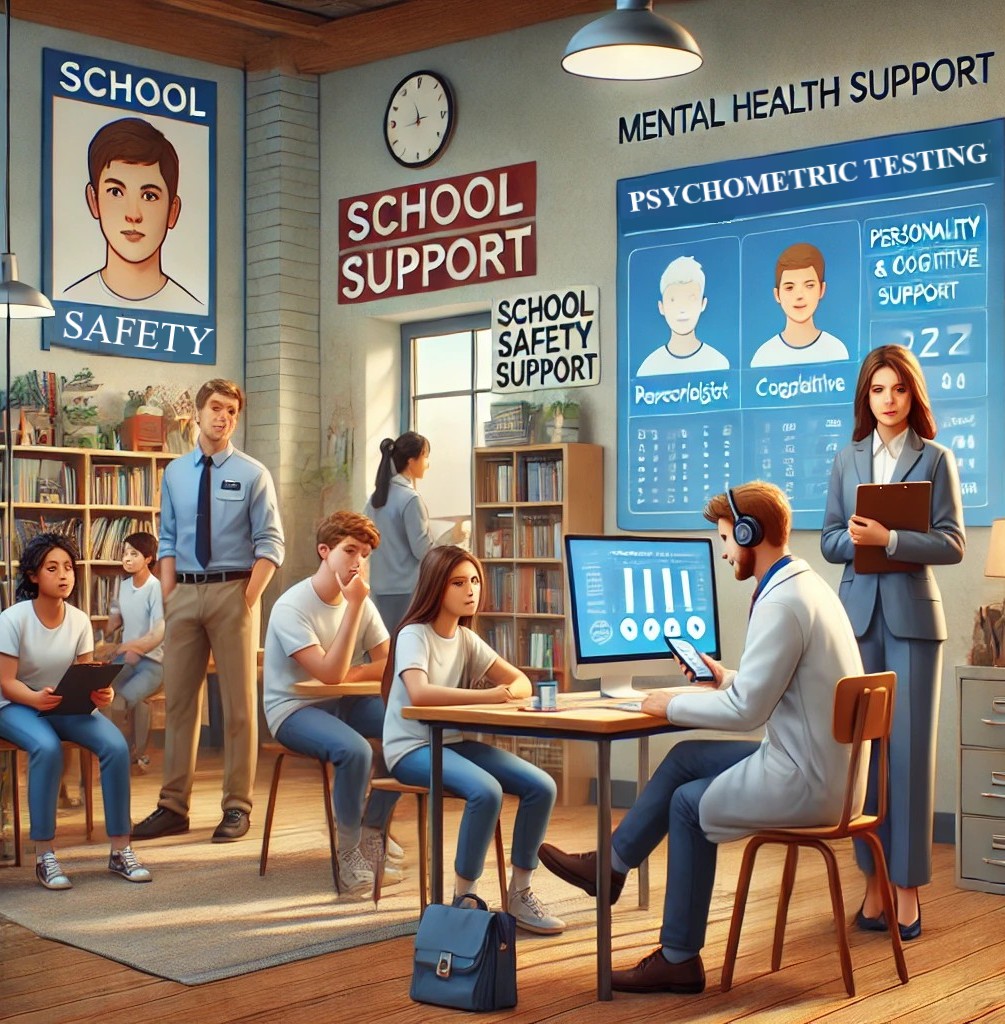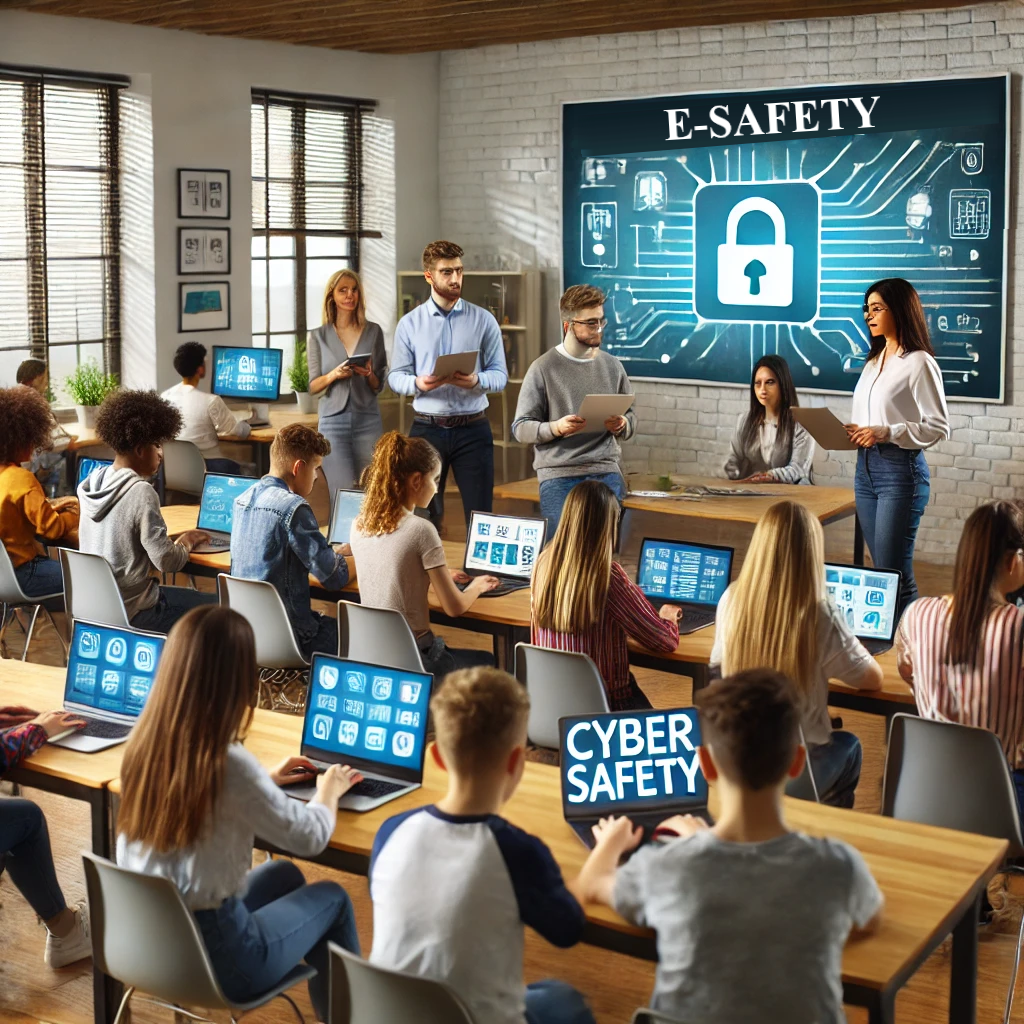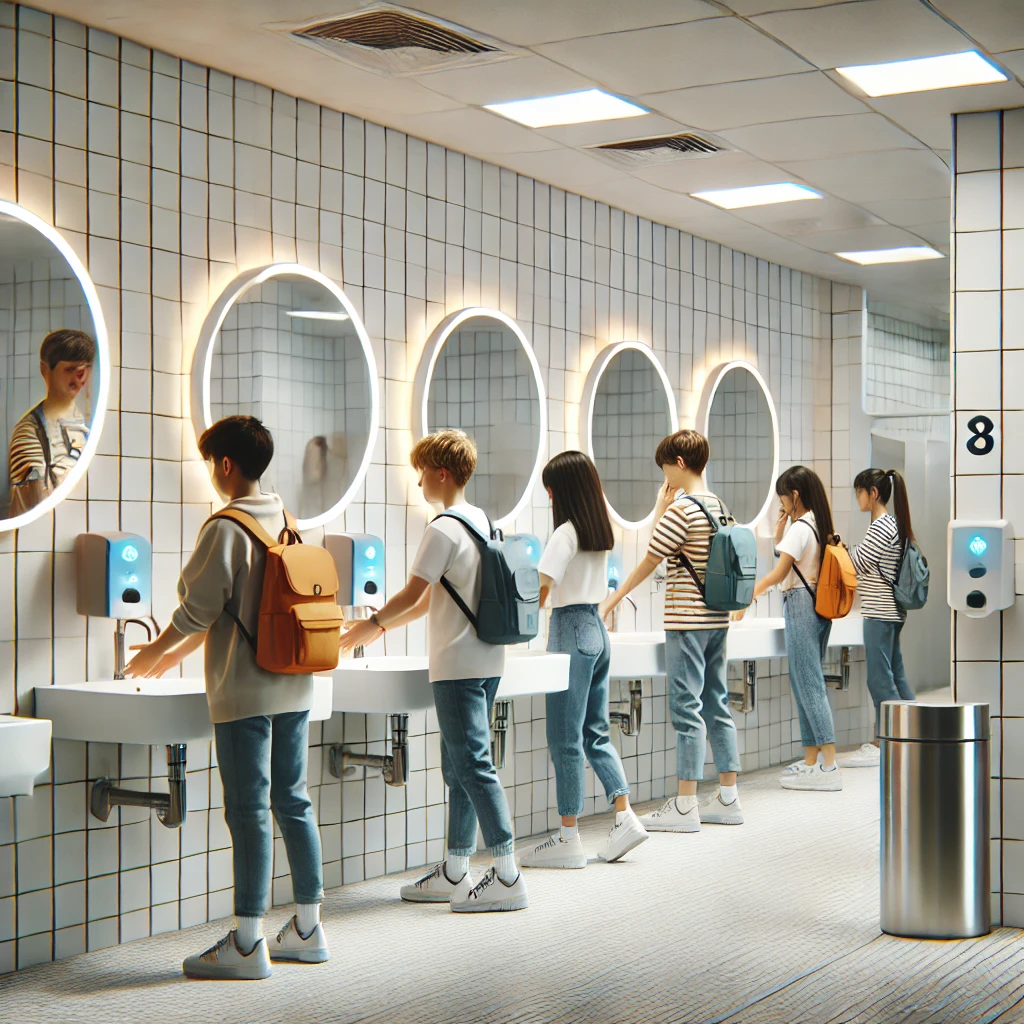Understanding the Importance of Physical Contact Policies in Schools
Introduction
Creating a safe and
respectful school environment is a top priority for educators and
administrators. A significant part of this involves defining appropriate
physical contact between teachers, staff, and students. Physical contact
policies serve as a guide to ensure student safety, prevent misconduct, and
promote positive interactions. These policies help avoid misinterpretations
that could lead to legal and ethical concerns.
Why Are Physical Contact Policies Important?
- Student Safety and Well-being – Schools must
provide a secure and comfortable environment where students do not feel
threatened or uncomfortable due to physical interactions.
- Clarity in Boundaries – Clear
guidelines ensure that students and staff understand what type of physical
contact is acceptable.
- Preventing Legal Issues – Establishing
these policies helps protect schools from potential lawsuits or
allegations of misconduct.
- Enhancing Professionalism – Teachers and
school staff should maintain a professional distance to uphold their roles
as educators.
- Cultural Sensitivity – Different
cultures have different norms regarding physical contact. A well-crafted
policy respects these differences while maintaining consistency.
Key Components of a Physical Contact Policy
- Definitions of Acceptable and
Unacceptable Contact – Clearly outline what is
appropriate, such as a handshake or a high-five, and what is
inappropriate, such as hugging or touching without consent.
- Guidelines for Special Cases – Address
situations where physical contact is necessary, such as helping students
with disabilities or medical emergencies.
- Reporting and Accountability
Measures – Establish procedures for reporting inappropriate contact and
mechanisms to handle complaints effectively.
- Training for Staff and Students – Educate
everyone involved on the importance of these guidelines and how to adhere
to them.
Having a
well-defined physical contact policy helps maintain a safe, professional, and
legally compliant school environment. Schools must ensure continuous policy
evaluation and training to adapt to new challenges and evolving educational
environments.
